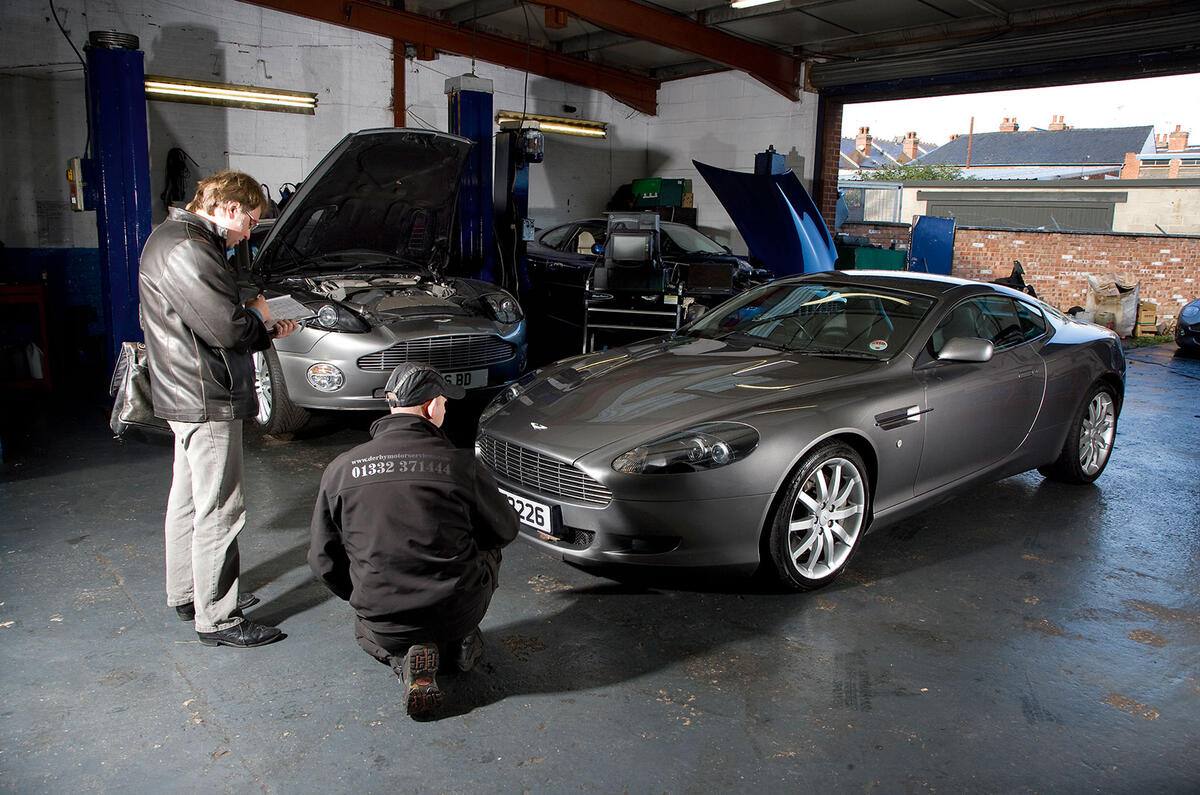This week I am indebted to an Autocar reader who asked for my opinion of paint depth gauges.
If you have never come across one, it is a magical little device that the pros use to tell them in an instant how many microns of paint are on each panel. The paint is dead even when the car first comes from the factory, but if there has been a respray, then you can tell in a few seconds and investigate further.
After several bad experiences of buying cars privately and from dealers, the reader wondered whether or not he would be better armed with one of these devices. At the cheaper end of the scale, they are still more than £200. I don’t think that it’s possible to justify one and I buy, on average, two or three cars a year.
If I had used a paint depth gauge on my BMW Shed 7, for example, I probably wouldn’t have bought it. Sometimes you can know a bit too much about the used car you’re about to buy.
Here’s the thing: buying a used car is 90% absolute luck. The remaining 10% is you taking the time to take a few precautions. The simple fact is that a car can go wrong the day after you’ve bought it. That’s just the nature of the used car gods, who can be fickle at the best of times.
So what would I put in my sheepskin coat pockets? Well, a fridge magnet was sensible enough back when cars rusted and dollops of filler were the norm. But there doesn’t seem to be much point in that these days unless you’re looking at a tarted-up classic.
Ditto a screwdriver, because no one likes having their motor prodded and you would have to ask first. Again, though, it’s a must-have when it comes to buying classics. Moderns, though, don’t need tricks. A data check tells you an awful lot and the rest is up to your eyes and ears. Actually, the very best thing you can take on a used car shopping trip is someone else.
A mate would be good, or ideally the other half who may not just be sharing the wheel sometimes but is most likely to be putting some cash into it. It’s best if they are not as susceptible as you to the charms of an old motor and are able to point out all of those obvious things that you’ve missed.
What should you see? Decent tyres. I like those. Same brands, decent tread: always a good condition of decent care. Consistent, ideally family ownership, not 32 previous owners. Oh, and I’m a snob, so I like buying from owners with big, posh houses. Always works.
Rather than a paint depth gauge, what I always take with me on excursions to buy motor cars is a great big wodge of industrial grade cynicism.
Get the latest car news, reviews and galleries from Autocar direct to your inbox every week. Enter your email address below:




Join the debate
Add your comment
Don't rule out buying privately
Use the MOT test.
>2000 quid- My tip is to not bother too much with a test drive, rather ask the seller to allow you to re-mot (at your cost) the car at the Main dealer. Most main dealer MOT's include a condition report- so you get a full 50 minute inspection from mechanics that know that type of car better than 99.99% of the population (+ have an incentive to find issues).
If the seller refuses, then it ain't legit- run for the hills!
Objectivity
I am great at buying cars for other people, I can spot very subtle things like inconsistent panel gaps, slightly different paint hues or a subtle imbalance in idling. For myself, I just wade in and buy another piece of Italian wallet-shrinking nonsense without barely looking at the service history, if it has one.
So I try my best to always be objective and act as if I'm buying the car for someone else.
2003 Alfa 156 Selespeed Sportwagon anyone?